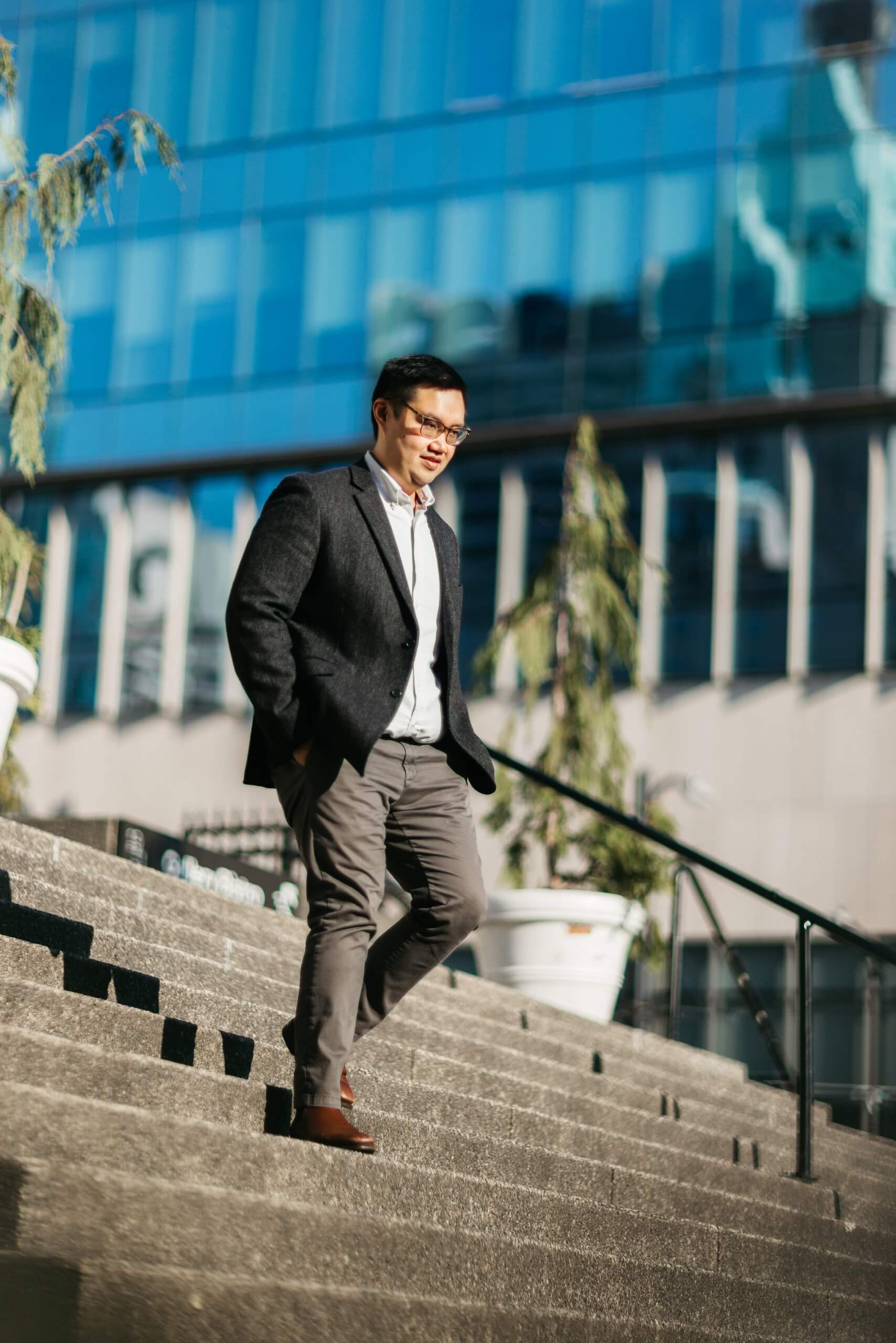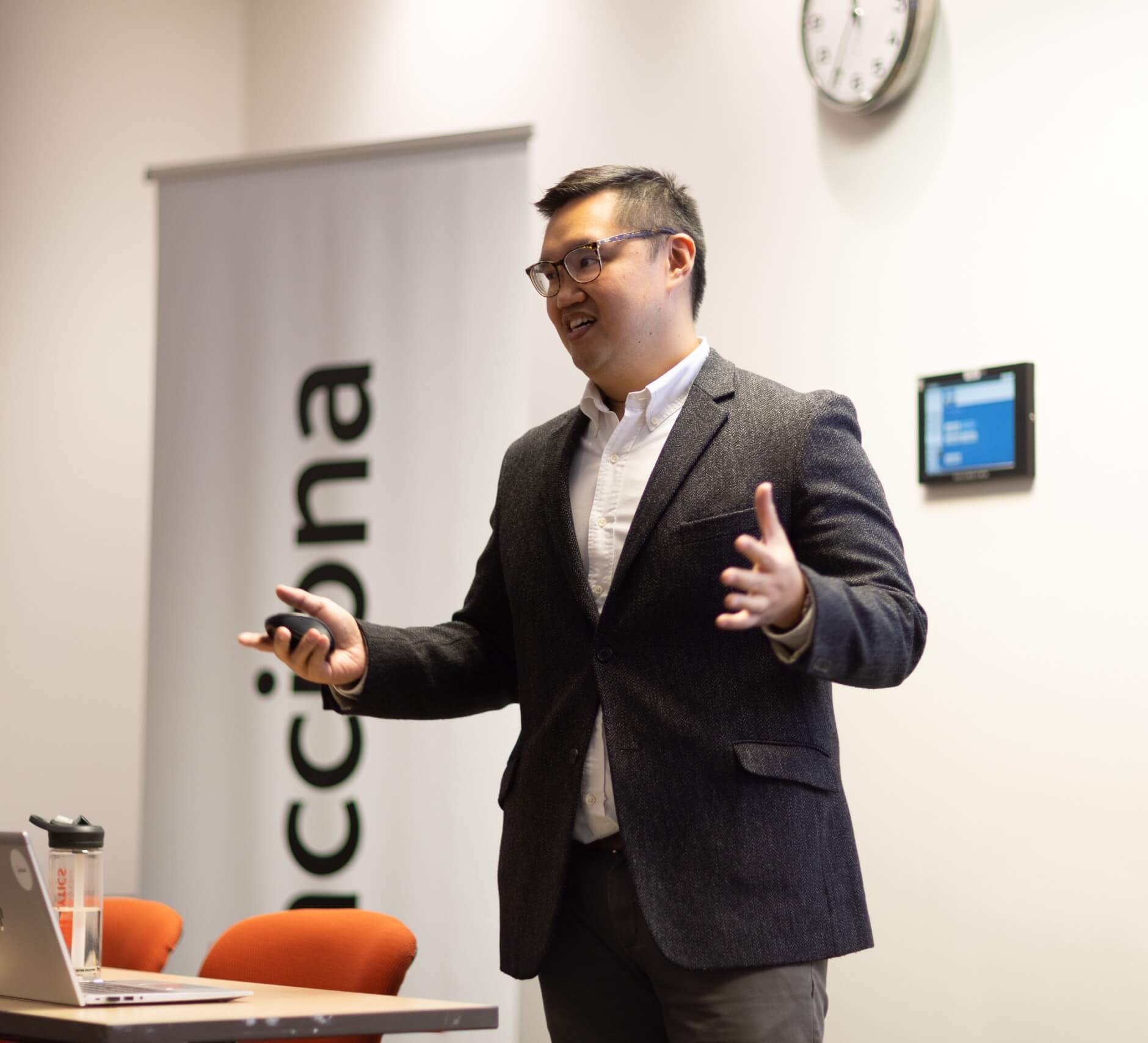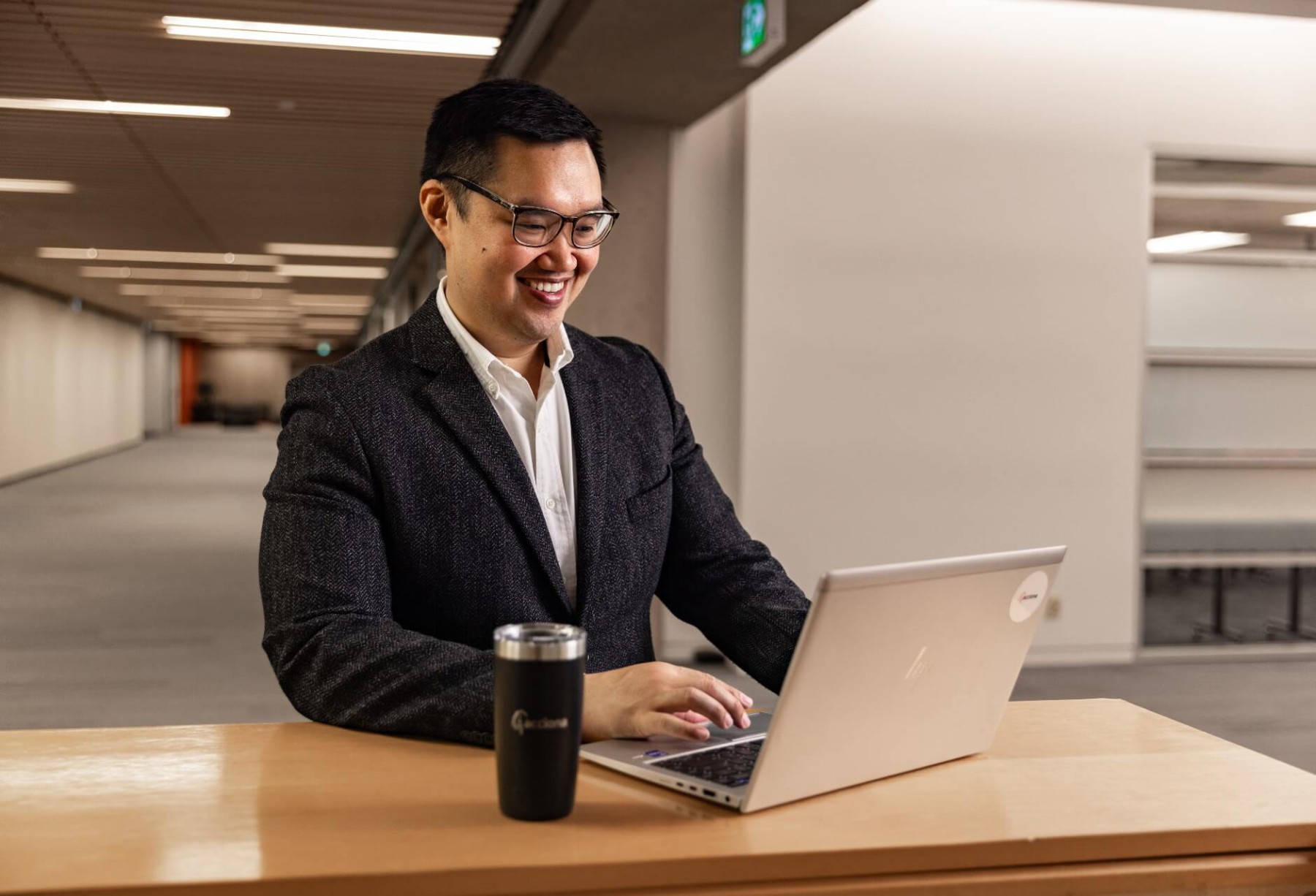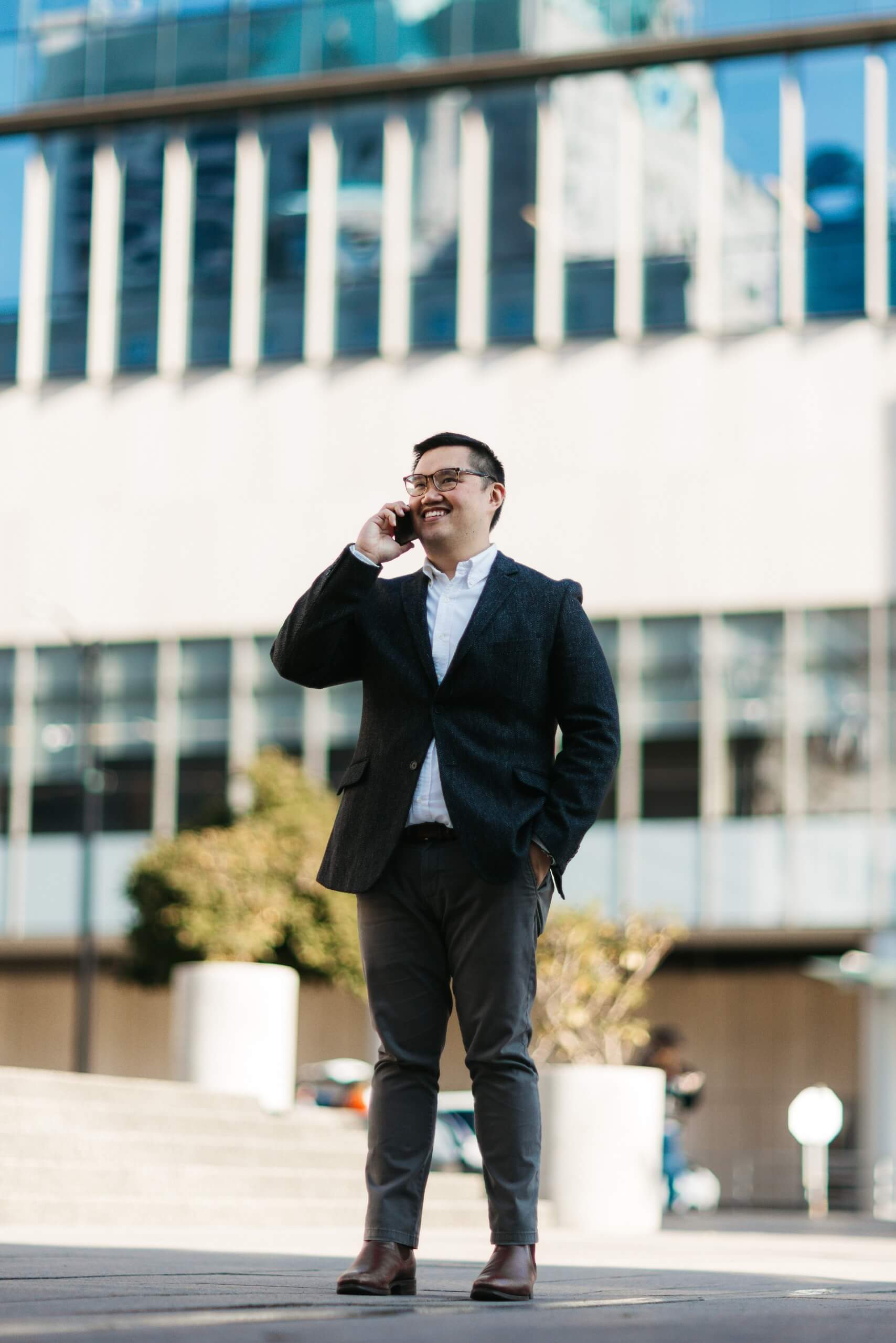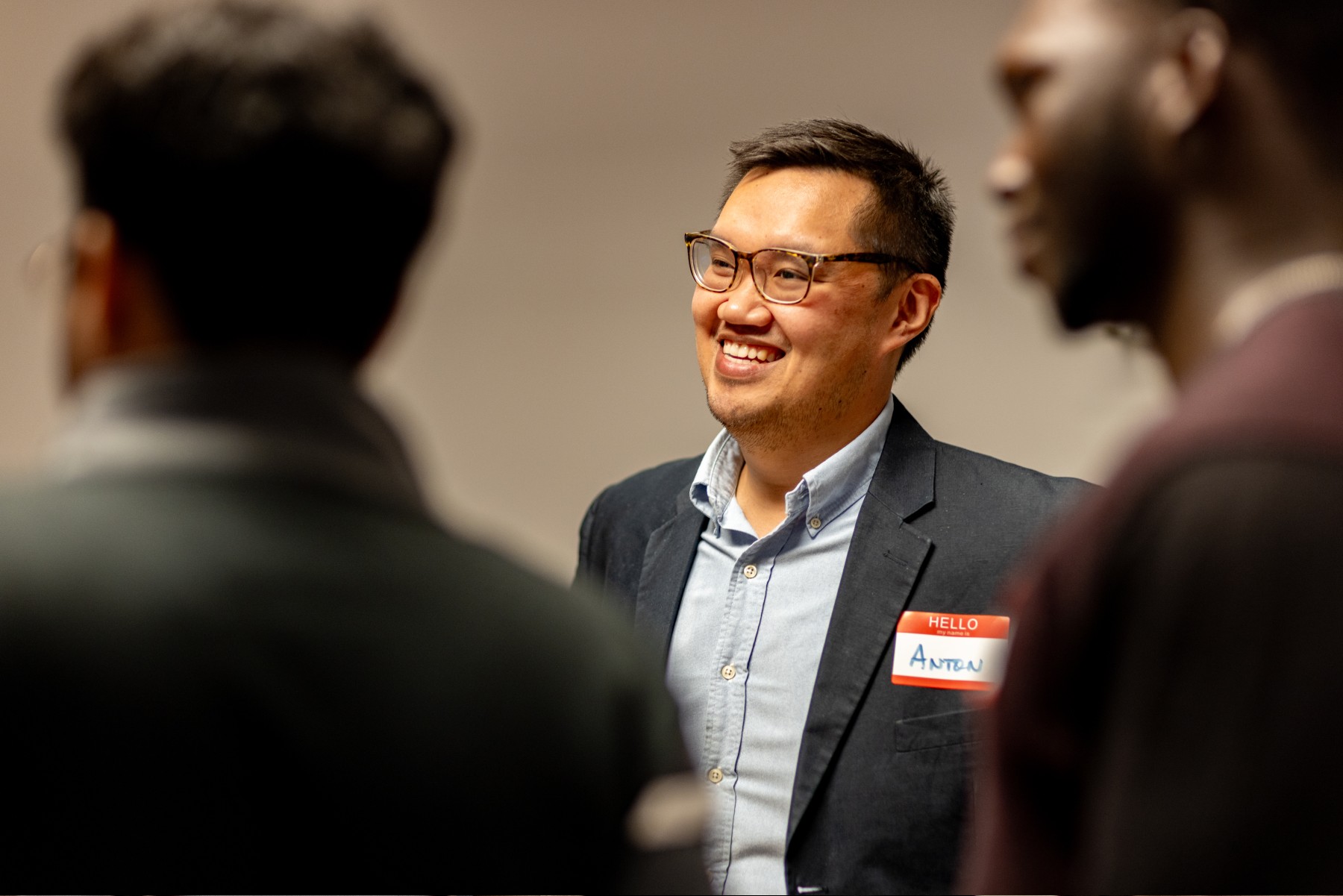Before his time in the US and that unexpected turn of events, Anton Ricafort studied in three different grade schools in the Philippines. His parents relocated frequently within the country for work-related reasons, leading to his upbringing in various cities and regions. Natural disasters also played a role in his nomadic childhood. “In the 90s, I was near the volcanic eruption of Mount Pinatubo… It was one of the biggest volcanic eruptions in recent history. In 1991, my school was covered by the volcanic lahar flow, so I had to move to Manila,” he recalls.
Growing up in a constant state of flux left a lasting impact on his character. “I experienced a lot of moving around during those formative years. So, I believe it helped me focus more on studying, sports, and achieving goals, rather than trying to figure out how to fit in. I think that was because I just kept moving and moving. It made things that are more important stand out.”
Portland cement is the world’s most commonly used type of cement, named after its resemblance to Portland stone quarried on the Isle of Portland in the United Kingdom. It’s only fitting that a future civil engineer would move to Portland, although the American namesake, as the next stop with his family. There, he completed his high school studies and earned a Bachelor of Science in Civil Engineering at Oregon State University in Corvallis. “During those years, I focused on becoming a structural engineer, taking numerous structural engineering classes. One of my favorite classes was wood structural engineering. Being in the Pacific Northwest, there’s an abundance of timber, and I think that’s one of the specialties of that engineering school,” he points out.
